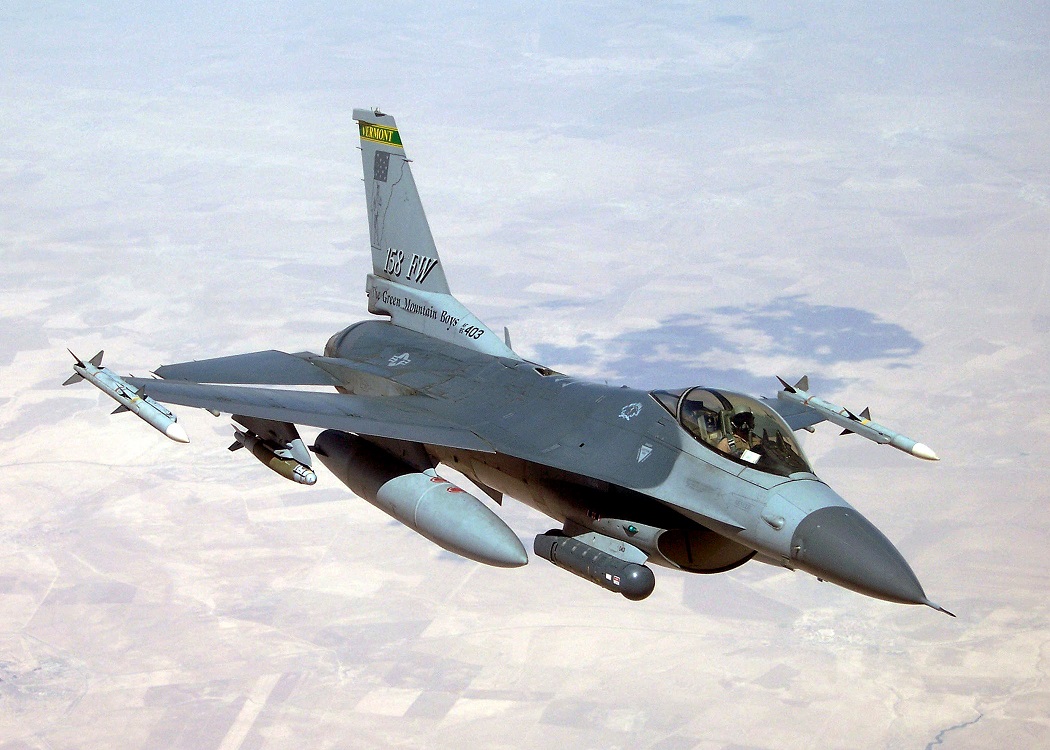
This post is also available in:
 עברית (Hebrew)
עברית (Hebrew)
Precision targeting and situational awareness capabilities will be supplied to US allies. Lockheed Martin is building new versions of legacy electro-optical combat jet target systems for U.S. allies under terms of a $485 million contract. The company will build the Sniper Advanced Targeting Pods (ATP) system; upgraded versions of the Low Altitude Navigation and Targeting Infrared for Night (LANTIRN) navigation pod; and aircraft Infrared Search and Track (IRST) system.
These combat avionics systems will go to U.S. allies such as Bahrain, Belgium, Bulgaria, Canada, Egypt, Greece, Indonesia, Iraq, Israel, Jordan, South Korea, Kuwait, Morocco, The Netherlands, Norway, Oman, Pakistan, Poland, Qatar, Romania, Saudi Arabia, Slovakia, Taiwan, Thailand, and Turkey.
The Sniper Advanced Targeting Pod provides precision targeting and situational awareness to combat aircraft crews, and is among the most widely deployed targeting system for fixed-wing aircraft in use by the U.S. Air Force and U.S. allies. The pod provides precision strike, as well as non-traditional intelligence, surveillance, and reconnaissance (NTISR) for close air support of ground forces. The pod has electro-optical imagery capability, a video datalink, and J-series coordinates, according to militaryaerospace.com.
LANTIRN is a combined navigation and targeting pod system for use on the F-15E Strike Eagle and F-16 Fighting Falcon. It enables these aircraft to fly at low altitudes, at night, and under-the-weather to attack ground targets with a variety of precision-guided weapons.
IRST is a longwave infrared detection system that targets aircraft in a radar-denied environment. The system uses infrared search and track technology to detect and provide weapon-quality track solutions on potentially hostile aircraft.
Infrared sensors like the IRST detect the heat from an aircraft’s engine exhaust or even the heat generated by the friction of an aircraft as it passes through the atmosphere. Unlike radar, infrared sensors do not emit electronic signals, and do not give away their presence to adversaries.

























